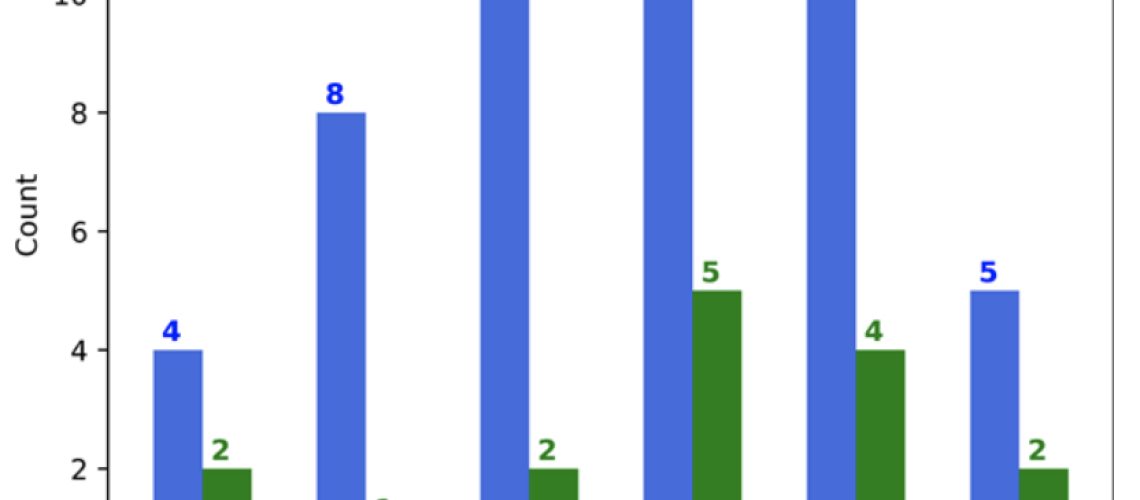Scheduled home charging of EVs reduces the cost for hosting more electric vehicles on a utility’s distribution circuit, according to a national laboratory analysis.
Shifting the home charging hours of electric vehicles to the middle of the night could reduce upgrade costs on a single distribution circuit by almost $400,000 through 2050, a Pacific Northwest National Laboratory (PNNL) analysis has found.
If increasing numbers of EVs on a distribution circuit were instead charged as soon as drivers arrived home, that would increase peak demand on the circuit over time and require upgrading the circuit’s secondary transformers to handle the higher peak load.
PNNL partnered with the utility Southern California Edison (SCE) to model, for a single SCE distribution circuit serving a residential area, EV adoption through 2050 and the need for transformer upgrades, if charging began when EV drivers arrived home. PNNL also modeled transformer upgrades needed when a “smart charge management” approach was used.
Smart charging that postponed home EV charging until after midnight, PNNL found, could defer the need for many individual transformer upgrades for 5 to 15 years each. The nearby graph shows the reduction in required transformer upgrades for the modeled distribution circuit in each five-year period.
The costs of implementing smart charging were not estimated, the analysis said, “due to uncertainties” regarding what technology may prevail in the future. The study said that third-party EV charging management organizations may offer EV charging controls via cell phone infrastructures and telemetrics to the vehicle “such that no or minimal cost on the utility are incurred.”
Charging with renewables
In Texas, where wind power is often abundant at night, Tesla plans to offer unlimited overnight home charging for $30 a month, the company announced at an investor day earlier this month. Solar power that has been stored in batteries could also be delivered to EVs overnight. An alternative approach, workplace EV charging, would enable use of daytime solar power.
SCE’s ongoing work
SCE Director of Business Planning and Technology Brian Stonerock said the utility is continuing to conduct additional validation and improvements in the engineering and simulation study assumptions to inform its system planning.
The utility is deploying “actual charge management systems” in both lab and field settings, he said, as it works to assess the technology further, measure the costs of deployment and operation, and show the effectiveness of such systems integrated with SCE’s grid management system. That system incorporates a distributed energy resource management (DERM) system, according to a company presentation.
The PNNL analysis, completed in March 2022 and recently made publicly available, is titled “Electric vehicles at scale – Phase II distribution system analysis.”





